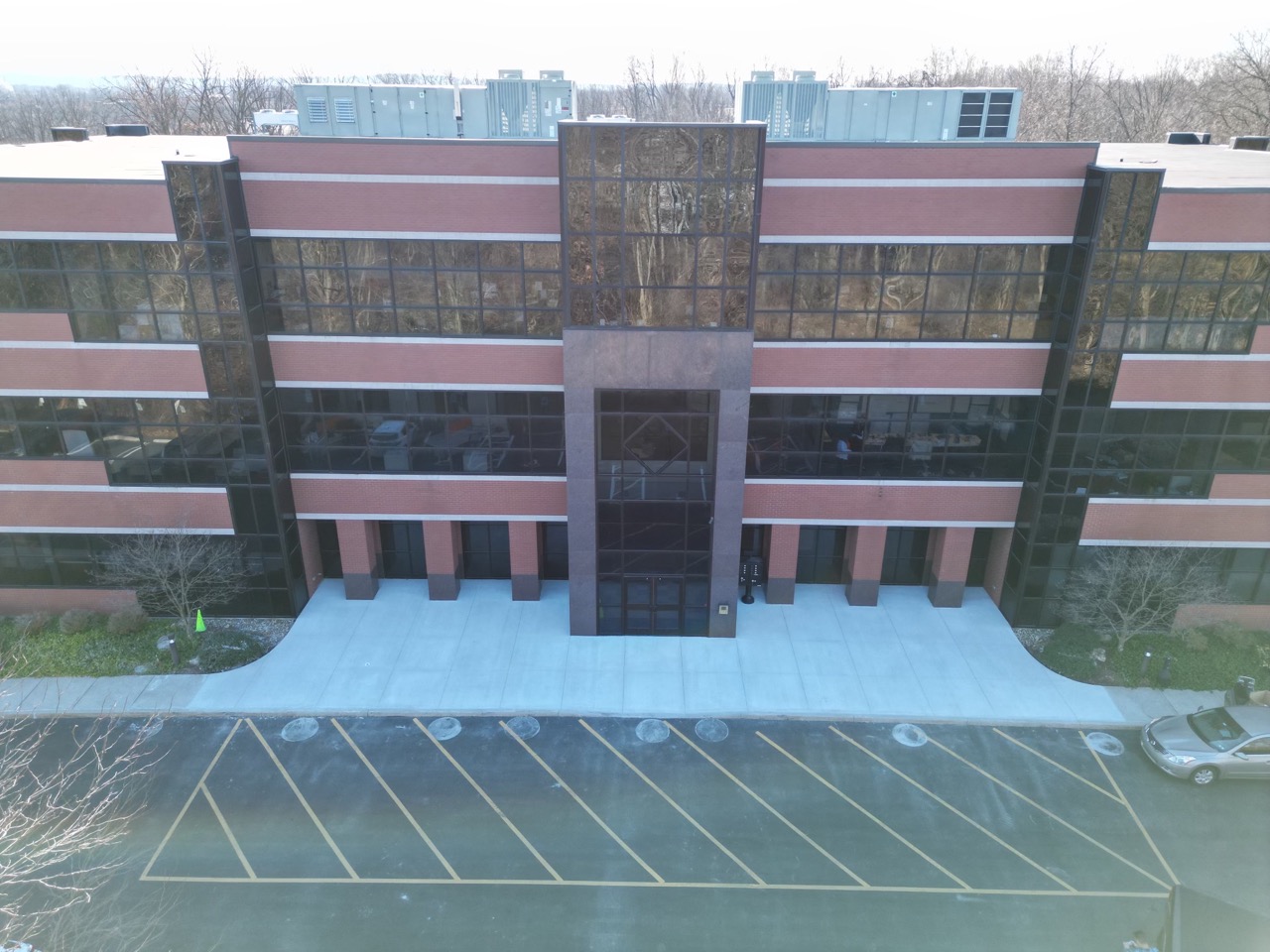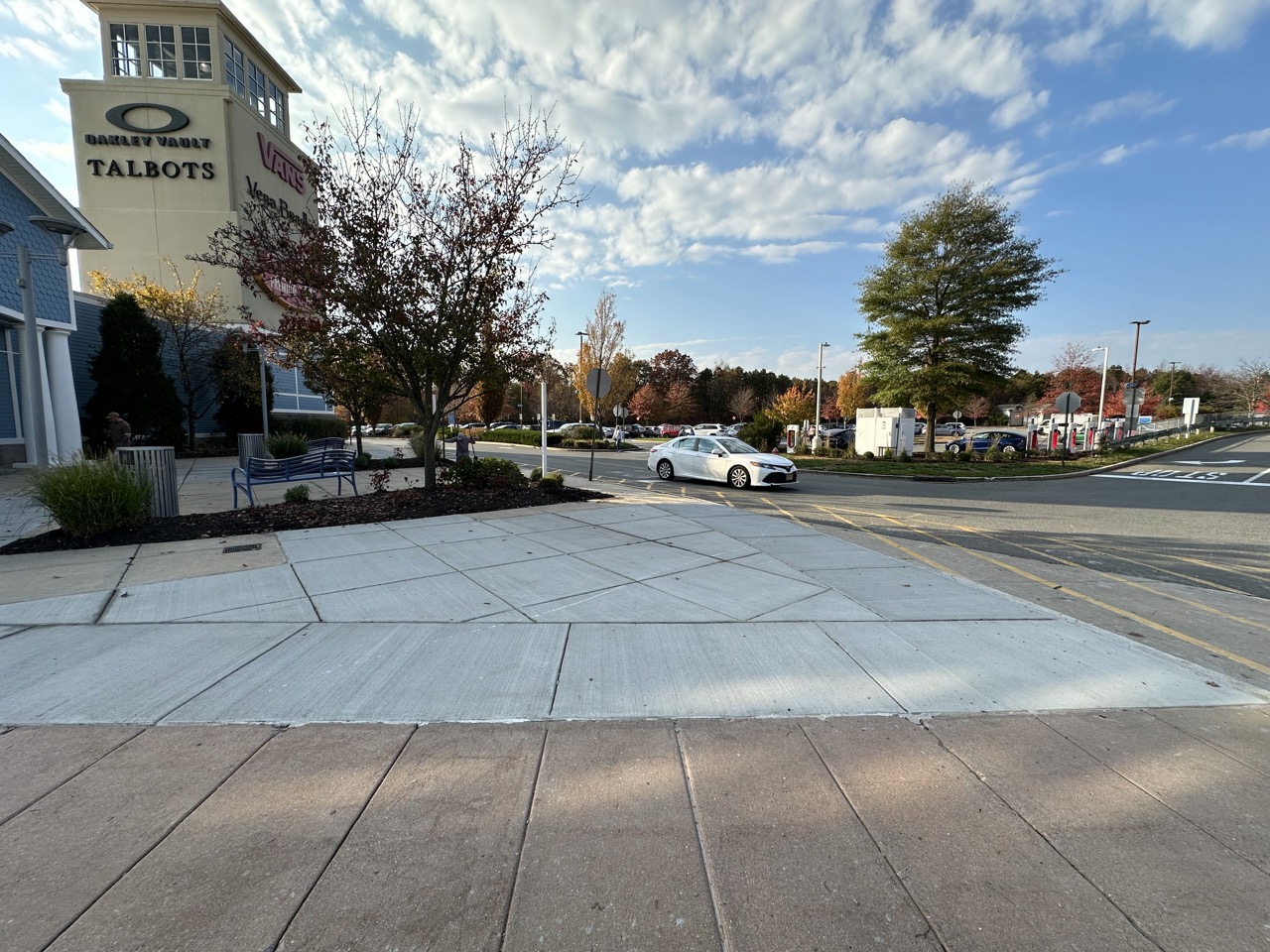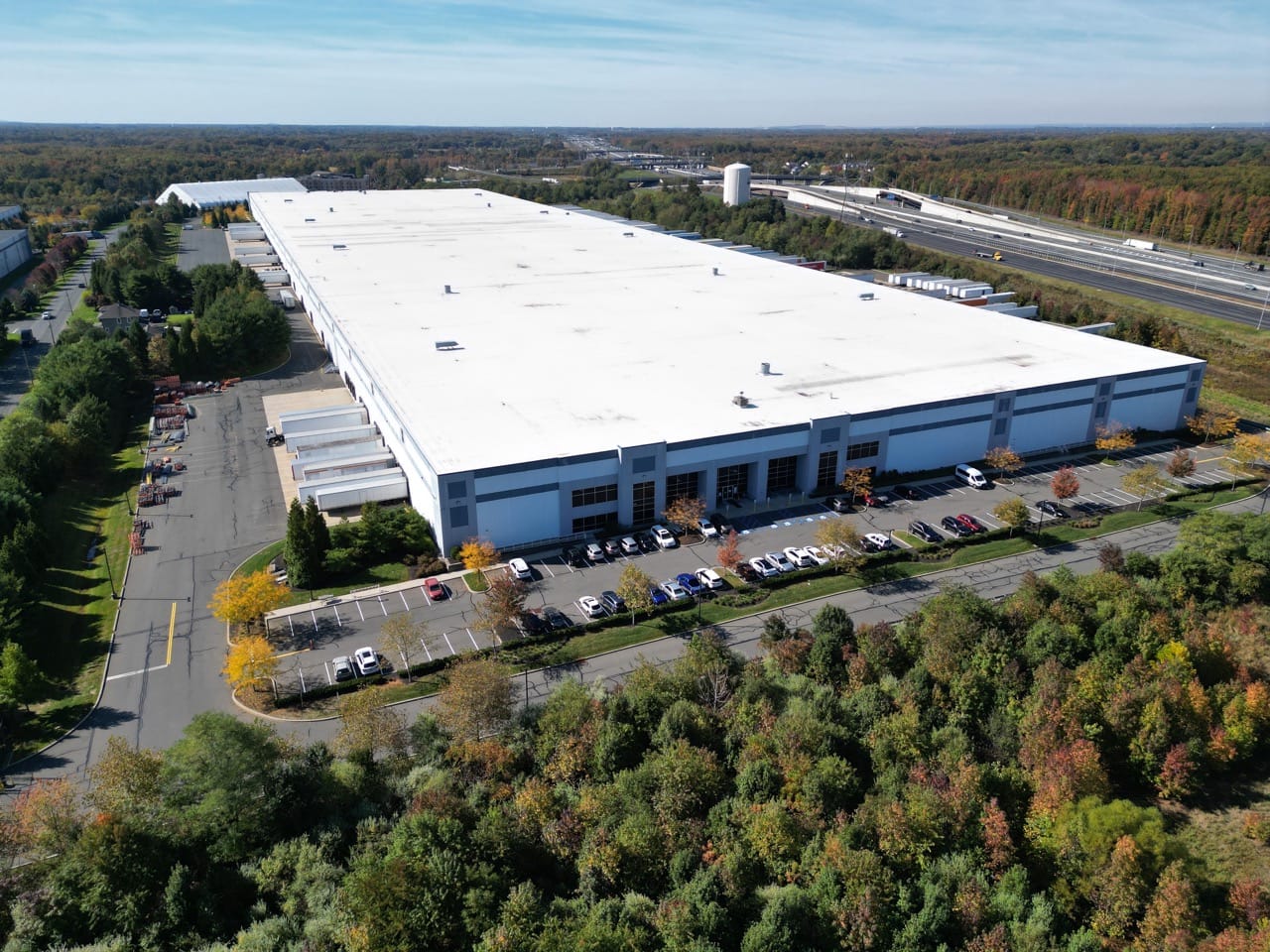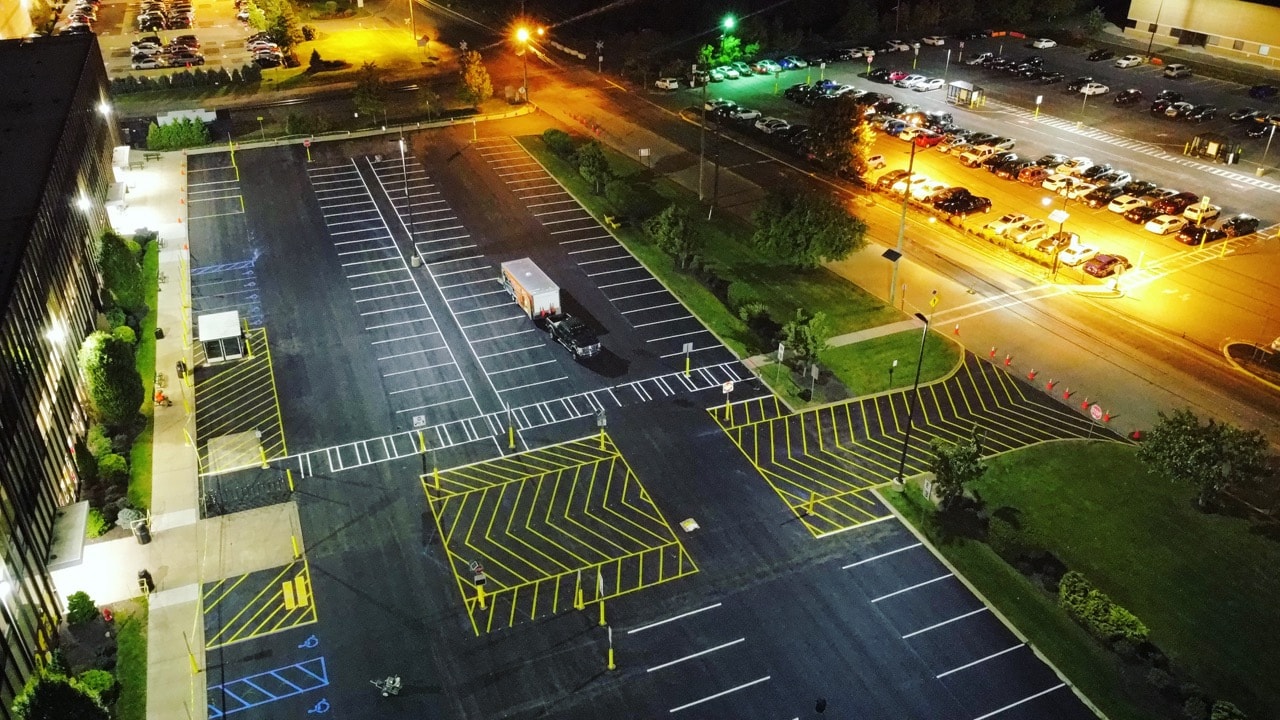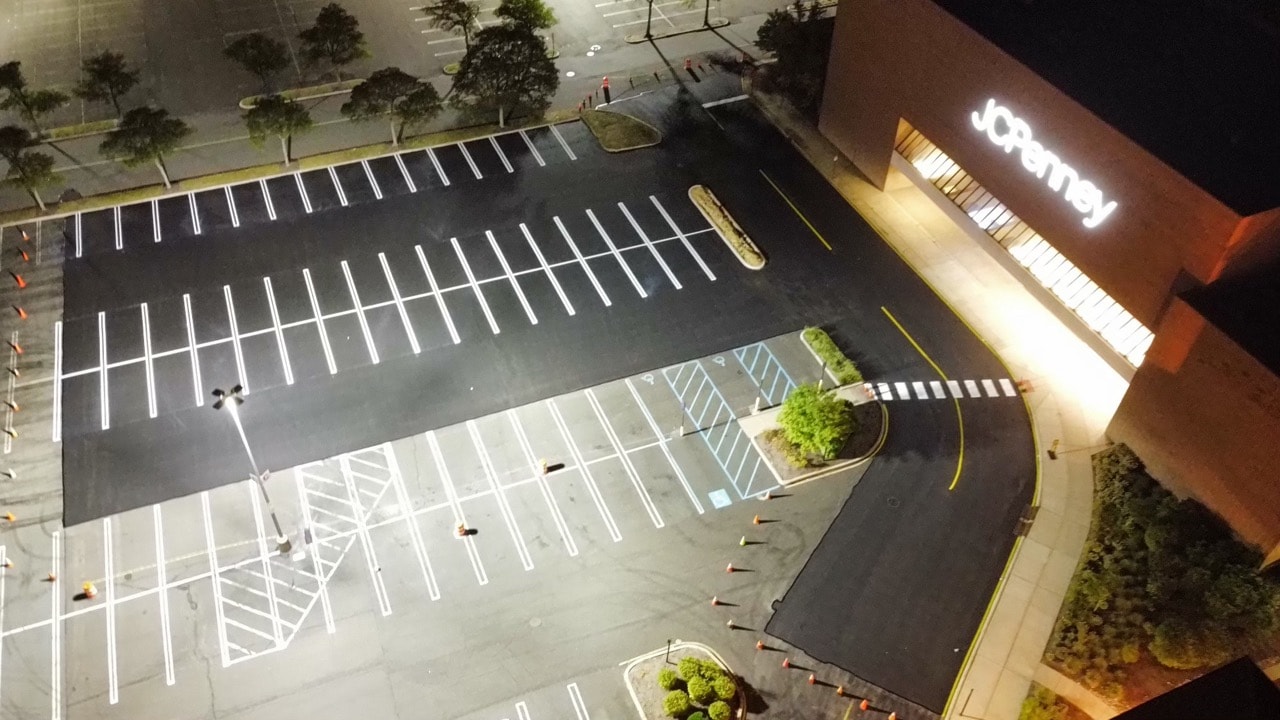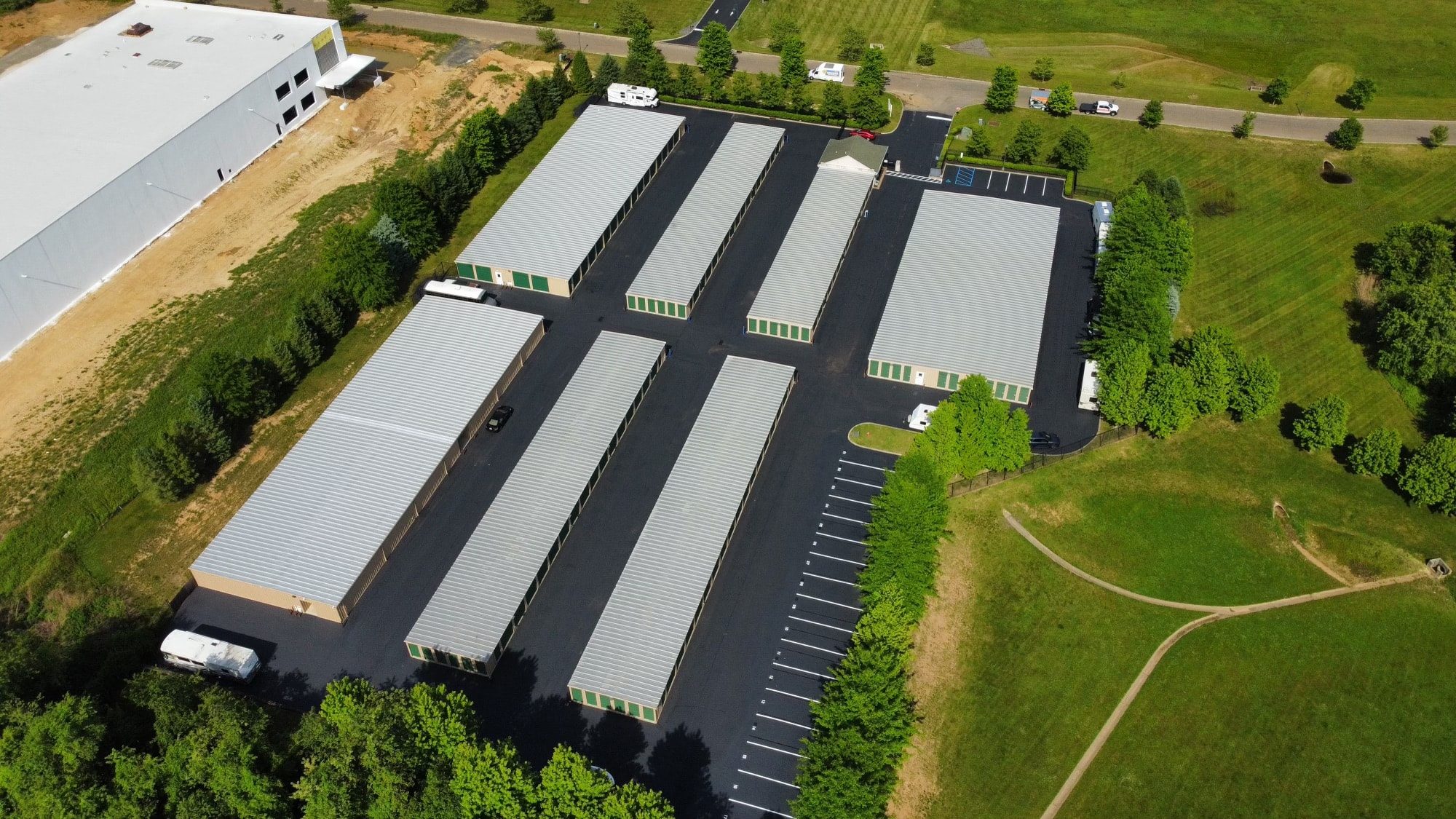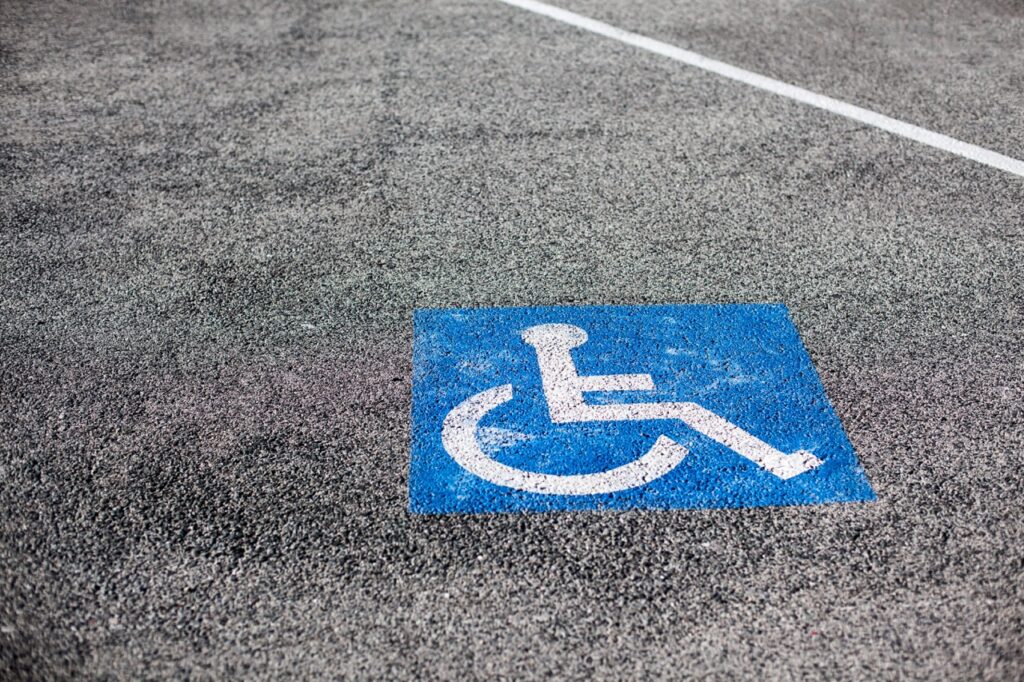As a diligent property manager, you are responsible for overseeing a sprawling commercial complex with multiple buildings, parking lots, and walkways. Your days are filled with a multitude of responsibilities.
Office tasks and tenant relations
Office tasks consume a significant portion of your time. You find yourself diligently organizing paperwork, managing lease agreements, and ensuring accurate record-keeping. From handling financial transactions and invoices to monitoring expenses and budgets, you strive to maintain the financial health of the complex.
Dealing with tenants is a vital aspect of your role. You are the first point of contact for any concerns or inquiries they may have. You respond promptly, addressing maintenance requests, resolving disputes, and ensuring tenant satisfaction.
Building and maintaining positive relationships with tenants is crucial for tenant retention and the overall success of the complex. So naturally, this becomes a huge focal point for you.
Ongoing Maintenance
Then there are the “nitty-gritty” items. Things you rely on maintenance experts to help you keep track of.
Overseeing routine inspections and maintenance checks are part of your routine. You assess the condition of the buildings, identifying any maintenance or repair needs. From HVAC systems to plumbing and electrical infrastructure, you coordinate with skilled professionals to ensure everything is functioning optimally.
Managing contractors and service providers is another key responsibility. From janitorial services and landscaping to security and maintenance crews, you coordinate schedules, review contracts, and ensure that work is carried out to high standards. Regularly evaluating the performance of these providers helps maintain the quality of services provided to the complex.
Safety and security are paramount concerns also. You diligently monitor and implement necessary measures to safeguard the complex, such as installing and maintaining surveillance systems, enforcing access control protocols, and conducting regular safety inspections. Promptly addressing any safety issues is crucial to ensure the well-being of tenants and visitors.
In the midst of these daily tasks, you constantly stay in tune of industry trends and regulations. Attending seminars and professional development opportunities helps you enhance your knowledge and skills, ensuring that you provide the best possible service to your tenants and the complex as a whole.
Long term planning
Amid the hectic nature of your role, you must also balance long-term planning and strategic decision-making. Anticipating future needs, evaluating expansion opportunities, and considering sustainability initiatives are all part of your overarching responsibilities as a forward-thinking property manager.
While the tasks may seem overwhelming at times, your passion for your work keeps you motivated. You take pride in creating a well-managed and thriving environment for tenants and visitors.
By juggling multiple responsibilities, addressing daily tasks, and staying proactive, you ensure that your commercial complex continues to flourish under your competent and dedicated management.
Remember, your role as a property manager is crucial in maintaining the complex’s overall success. Through your dedication and attentiveness to both routine and extraordinary tasks, you create a space that tenants are proud to call their own and visitors admire for its efficiency and professionalism.
Pavement Maintenance and You
Maintaining the quality and longevity of your pavement is crucial to ensure safety, aesthetics, and cost-effectiveness. You might be thinking: “Yes, I KNOW!”
However, the sheer magnitude of this might often leave you feeling overwhelmed. After all, how will you find the time to give it the attention that it really needs?
Imagine this:
You step outside one morning, you are greeted by a disheartening sight. Cracks zigzag across the parking lot, resembling a tangled web. Faded lines and symbols on the road seem to vanish into thin air, leaving you confused as to what it might have been in the first place.
You look to another area and notice uneven sidewalks and crumbling curbs. It’s obvious they have been there for some time, but somehow, you just never noticed and no one has brought it up. You immediately realize the hazards this poses for pedestrians.
How did it get to this point? Is this normal? What should I do now?
It’s at that moment you realize you need to face the daunting task of pavement maintenance head-on.
Easy 5-Point Checklist for a Quick Pavement Maintenance Inspection
To help you, we have broken this down to 5 of the most common issues that we see properties face for pavement maintenance that can save them big by catching it early.
By using this checklist as an overview, you should be able to get a decent idea of the shape of your parking area without getting TOO detailed. Your goal for this is to see which areas need attention now and which need to be planned for.
1) Crack Sealing: Safeguarding Pavement Integrity
Cracks in the pavement not only ruin its appearance but also pose a significant threat to its structural soundness. You certainly don’t want rainwater to create small rivers beneath your pavement, causing further damage.
Regular crack sealing acts as a vital defense, preventing water infiltration that could lead to more severe issues like potholes and base failures. By addressing cracks promptly, you can shield your pavement from extensive deterioration, ultimately saving you from costly repairs in the long term.
What to Look for:
- Scan for unsightly cracks spiderwebbing across the pavement surface.
- Watch out for signs of water infiltration into the pavement
- Identify areas where cracks are developing into potholes
2) Sealcoating: Safeguarding Your Pavement
When your pavement requires sealcoating, it may display distinct indicators. Over time, you might notice the asphalt surface losing its vibrancy, becoming faded, dull, and worn. Small cracks can emerge, permitting water intrusion and further harm. The pavement may also lose its smoothness, developing a rough texture.
Sealcoating serves as a protective shield, revitalizing the appearance, defending against water damage, and providing a rejuvenated, seamless surface that prolongs the lifespan of your pavement.
What to Look for:
- Observe if the asphalt surface appears faded, dull, or worn.
- Check for the emergence of small cracks or pavement chipping
- Take note of any loss of smoothness or the development of a rough texture.
3) Re-Striping: Elevating Safety and Organization
Faded or worn-out pavement markings can lead to confusion, compromised visibility, and potential hazards.
Re-striping, a crucial maintenance service, involves revitalizing pavement markings such as lines, arrows, and symbols. Consider this: if you were a newcomer to this parking area, would you be able to navigate easily? Could the addition of clear pavement markings improve the flow of traffic?
By ensuring distinct and well-defined markings, you enhance safety for drivers, pedestrians, and cyclists. Simultaneously, you improve traffic flow and organization, promoting a seamless and efficient experience.
What to Look for:
- Notice if pavement markings have faded or worn-out.
- Evaluate the visibility and clarity of lines, arrows, and symbols, both far and up close.
- Consider whether the parking area is easily navigable for newcomers.
4) Sidewalk and Curb Repairs: Fostering Accessibility
The sidewalks and curbs you utilize every day serve as vital components in providing safe and accessible pathways for pedestrians.
Over time, natural wear and tear can lead to uneven surfaces, cracks, or damaged curbs.
Timely repairs and ongoing maintenance of sidewalks and curbs are indispensable in preventing accidents, ensuring compliance with accessibility standards, and cultivating a welcoming environment for all users.
What to Look for:
- Check for uneven surfaces where the sidewalk or curb has risen or begun to sink
cracks, or signs of damage.
- Identify areas of general deterioration like crumbling or chipping.
- Look for issues that might be related to improper drainage.
5) Signage Repairs: Powering Effective Communication
Signs serve as vital communication tools on roadways and parking lots, delivering crucial information and guidance to both drivers and pedestrians.
However, damaged or illegible signs can lead to confusion and compromise safety. To ensure clear visibility, accurate messaging, and compliance with regulations, it is essential to conduct regular inspections and promptly address any signage repairs.
What to Look for:
- Thoroughly examine signs for any signs of damage or illegibility.
- Ensure signs are visible from various angles and distances, leaving no room for ambiguity.
- Verify the accuracy of the conveyed messaging and information.
Need an extensive property assessment?
A well-maintained pavement is a reflection of your commitment to quality and safety.
At Swan Co., we believe that the foundation of a safe and efficient community lies in its infrastructure. A well-maintained sidewalk or curb isn’t just about aesthetics—it’s about longevity, functionality, and most importantly, safety.
Our team of experts at Swan Co. are dedicated to preserving the durability and functionality of your pavement through comprehensive assessments and maintenance services.
We specialize in a broad range of services, including crack sealing, sealcoating, re-striping, and signage repairs, in addition to the crucial sidewalk and curb repairs. Our objective isn’t just to fix the problems we see, but to prevent future issues from ever occurring.
Our proactive approach towards pavement maintenance allows us to identify and rectify issues before they escalate into extensive, costly damage. By partnering with us, you’ll be investing in the future of your pavement, ensuring its longevity, and enhancing the safety of your community.
At Swan Co., we’re not just about fixing pavements—we’re about building trust and safeguarding your investment. Reach out to us today for a detailed assessment and let’s work together to create a safer, more durable infrastructure that stands the test of time.







